Top 10 Plum Varieties to Grow Successfully in the UK
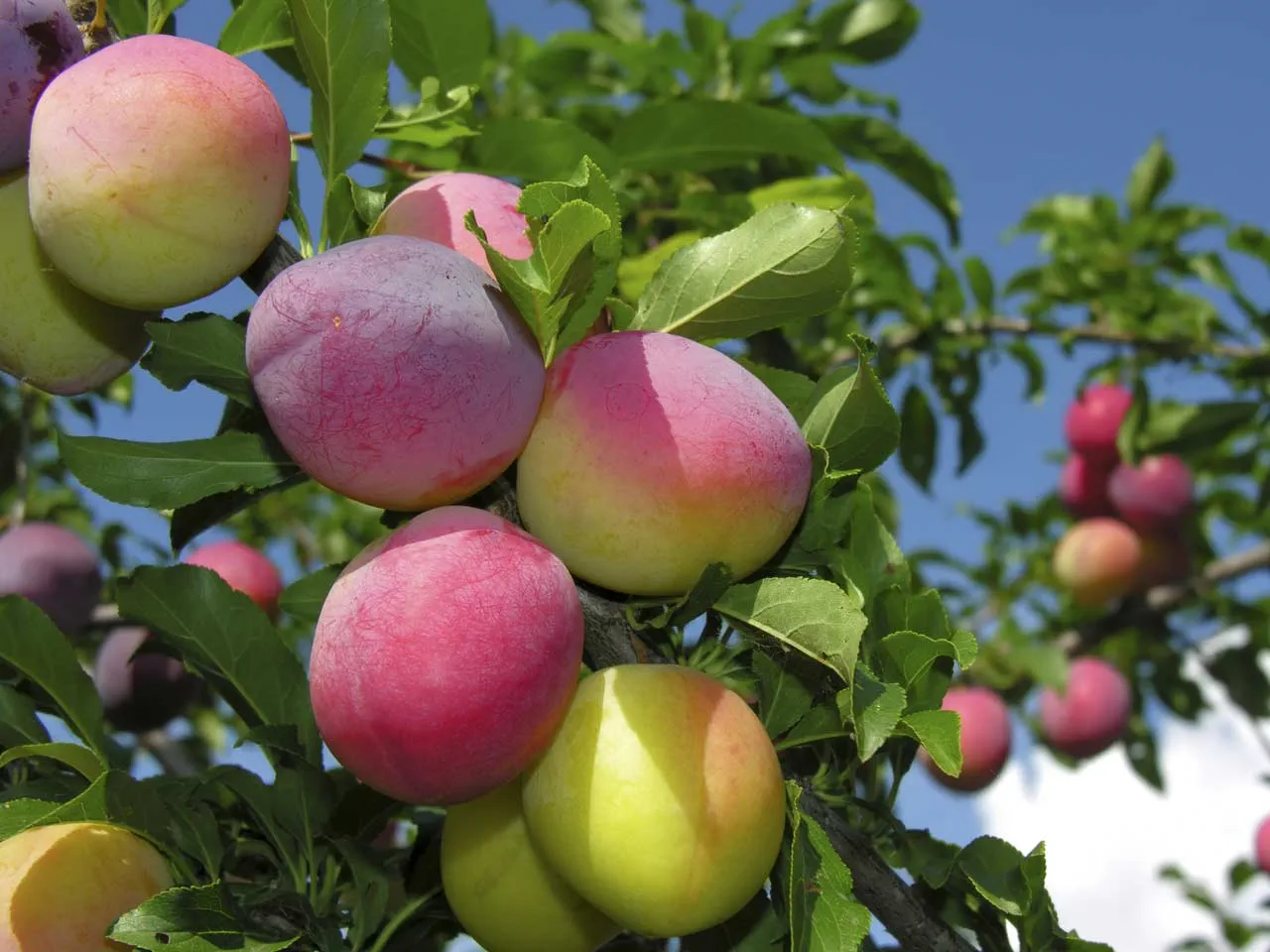
Table of Contents
Plums are a mouth-watering fruit that can be enjoyed fresh or cooked into a variety of delicious dishes. Luckily, the UK climate is suitable for growing plums in your garden or farm. If you are considering growing plum trees, choosing the right variety for your needs and conditions is essential.
Plum trees are low maintenance and can grow in various soil types and cold weather, making them an excellent option for UK growers. So, keep reading to learn all about the plum varieties you can choose from!
We will first take you through several factors to make an informed decision about a particular variety of plums if the variety is self-pollinating or requires cross-pollination with another tree. Secondly, if the tree resists common diseases, it helps you plan for its care and maintenance.
Third, when the tree typically fruits (early or late in the season) to help you prepare for harvest and preserve the fruit. Next, how the fruits can be used best, such as eating fresh, cooking, or making preserves; this shall help you determine which variety of plum you can go ahead with cultivating.
In this blog, we will guide you through different plum varieties available in the UK so that you can select the perfect one for you.
1. Victoria
Colour: Red/Orange
Purpose: Dual- For eating and cooking
Fertility: Self-fertile

Victoria is the most loved among the plum varieties grown in the UK, named after Queen Victoria. They are highly favoured for their ease of cultivation. This variety is also one of the oldest in existence. If you want to cook them, pluck them when they are orangey red, or wait until they turn purplish red to enjoy them fresh.
These plum trees fruit abundantly and are self-fertile, which means they do not require cross-pollination from another plum variety to fertilize their flower and grow fruits. They can evolve independently, making them an ideal choice for gardeners with limited space. Victoria plums are tolerant of cold conditions and are the favourite plum variety among growers in the UK.
2. Blue Tit
Colour: Deep Purple
Purpose: Dual
Fertility: Self-fertile
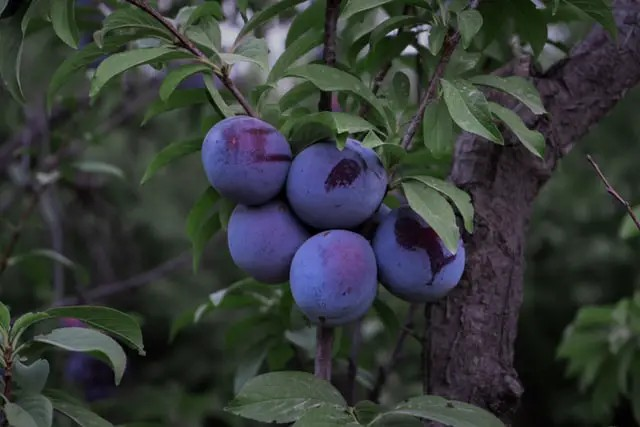
Blue tit plums come from the prunus family of cherry plums and are a pretty prevalent plum variety in the UK. The trees producing blue tit plums are not only highly productive but also aesthetically pleasing, producing lovely white flower clusters in spring, which makes them perfect for the small-spaced garden. They are reliable, heavy-croppers, and self-fertile.
They are less vulnerable to plant pests and infections and are ideal for those new to gardening and looking for something low-maintenance. The fruits initially appear light green and darken to deep purple over time and are slightly smaller than other varieties. But it tastes delicious when eaten fresh from the tree.
3. Avalon
Colour: Pink/Red
Purpose: Dual
Fertility: Partially self-fertile
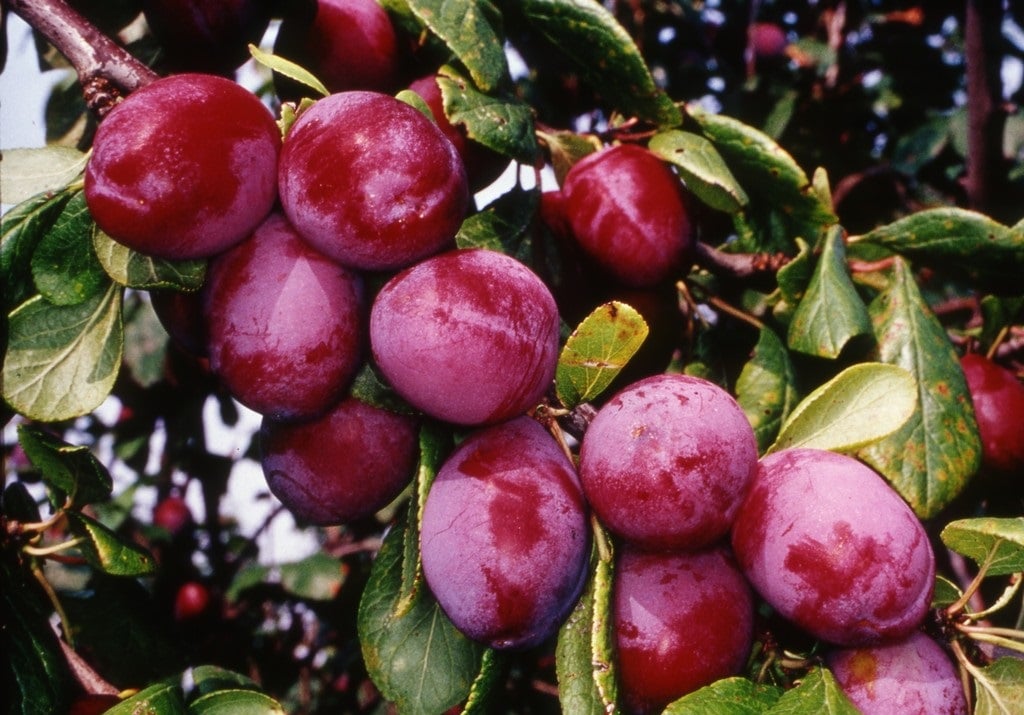
Avalon is a new variety of plums developed in the United Kingdom and tastes superb when eaten fresh. It is known for its amazing flavour and texture, making it a favourite dessert. Jams, jellies, pies, and sauces made from Avalon plum are quite popular. The Avalon plum tree might take a little longer to bear its first fruit, but once it is done, it produces pretty well.
This variety features superior disease resistance but is partially self-fertile, which means they produce better with a nearby pollinating partner. So if you are planning to plant this in your garden, plant a different variety of plum as a pollinating partner too. Avalon plum trees need good conditions to thrive and cannot withstand extreme climates.
4. Cambridge Gage
Colour: Green with red blush
Purpose: To eat right away
Fertility: Partially self-fertile
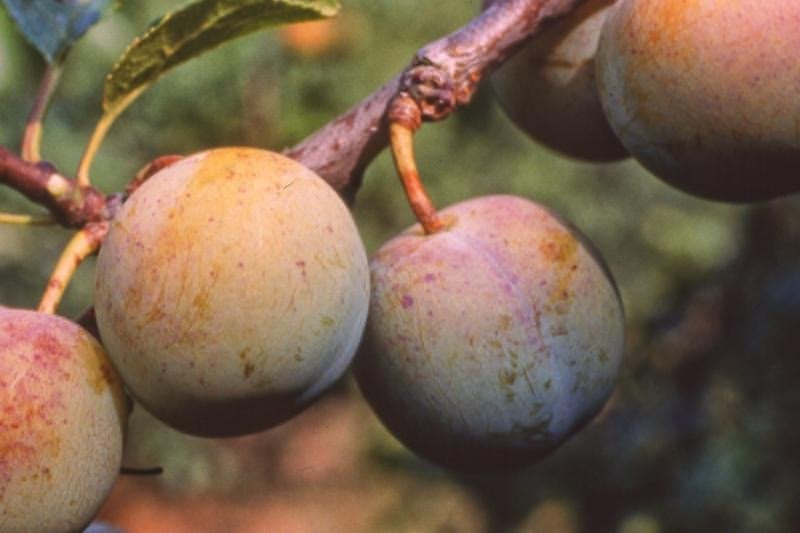
Cambridge gage variety of plum was developed in England and is highly in demand for its delicate sweet honey flavour. It is considered one of the best-quality plum varieties in the UK. They have been savoured as a dessert for many years because of their rich taste.
These plums typically mature, are harvested in late summer or early fall, and fertilize best with a pollinating partner. With average disease resistance, Cambridge gage plum trees are sensitive to extreme climates and thrive best in a sheltered environment. Although it produces only a modest yield when grown in the best condition, the fruit itself is worth the work.
5. Czar
Colour: Blue
Purpose: For cooking
Fertility: self-fertile
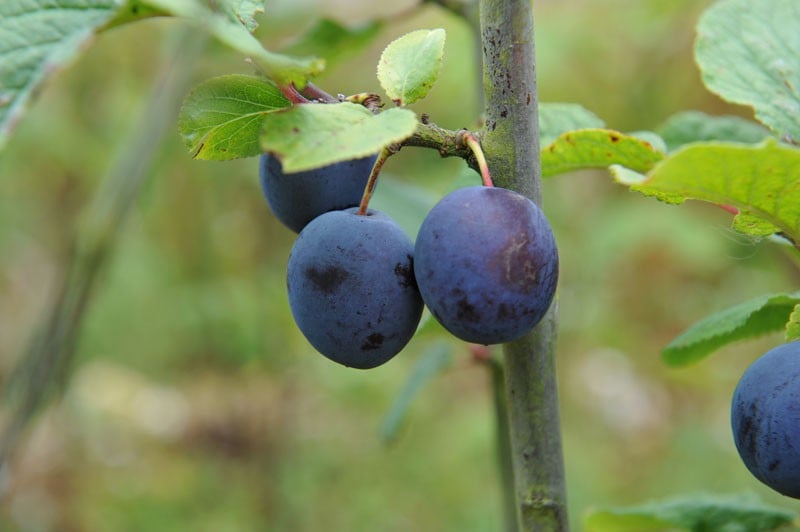
Czar is a traditional culinary plum and one of the easiest plum trees to grow. It will even fruit on north-facing walls, which means they will manage to develop and produce a full harvest in any soil, climate, or condition and can be grown anywhere across the UK. In addition, it is one of the most reliable plum varieties because of its self-pollinating ability.
Czar plums have deep purple skin with yellow and green flesh and can be picked from early August. Their slightly larger size and superior taste make them the best plums for cooking and making jam. However, Czar plum trees are susceptible to all the pests and diseases which attack plum trees, which means they are low on disease resistance. Therefore, proper care is essential for keeping them healthy.
6. Opal
Colour: Green/ Red
Purpose: To eat right away
Fertility: Self-fertile
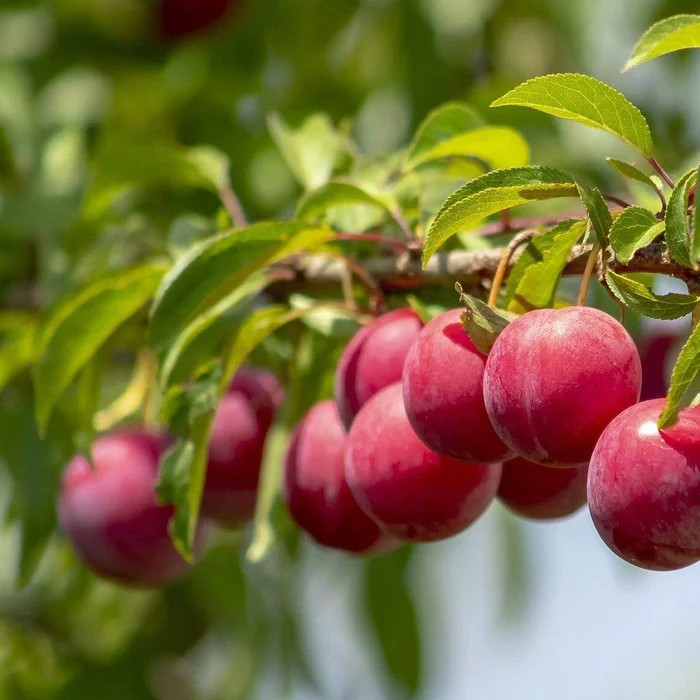
Opal plum is a delightful fruit that combines the best qualities of gage and plum. With its sweet gage flavour and slightly larger size like a plum, it’s a popular choice for those who want the best of both varieties. They taste best when freshly eaten as a dessert and are known for their productivity and resilience.
This variety of plum trees produces plums very well, sometimes so much that overcropping can become problematic. Opal plum trees are early harvesters in the UK, with their fruits ready to be picked in late July or early August. The opal plum trees have good disease resistance and are strong and vigorous, making them a smart choice for gardeners to plant in UK weather conditions.
7. Marjorie’s Seedling
Colour: Blue
Purpose: For cooking
Fertility: Self-fertile
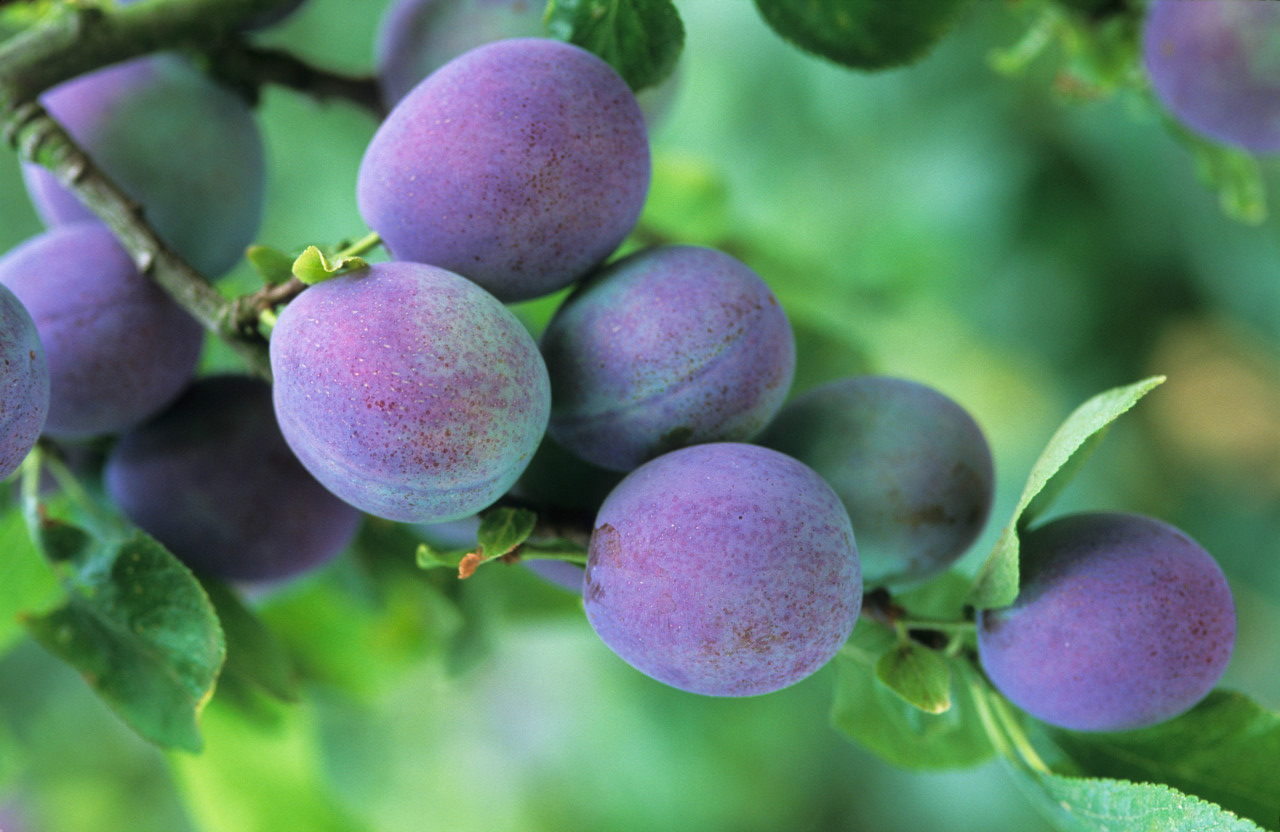
Marjorie’s Seedling is a popular commercial plum variety harvested in late September, making it a mainstay of the late-season market. It is a top pick for culinary purposes because of its richer, fuller taste. The fruits are very attractive and delicious when they are fully ripe and turn to a blue-black colour. The trick to achieving the best flavours is to let the fruits be on trees until October.
It is a better plum variety choice for the areas in Uk that experience late spring frost. It is a favourite among plum enthusiasts as it is hardy, disease-resistant, self-fertilizing, and a reliable heavy cropper. If you want to plant more than one plum tree, It is a must among plum varieties to enjoy the fruits for an extended period.
8. Belle de Louvain
Colour: Dark red
Purpose: For cooking
Fertility: Partially self-fertile
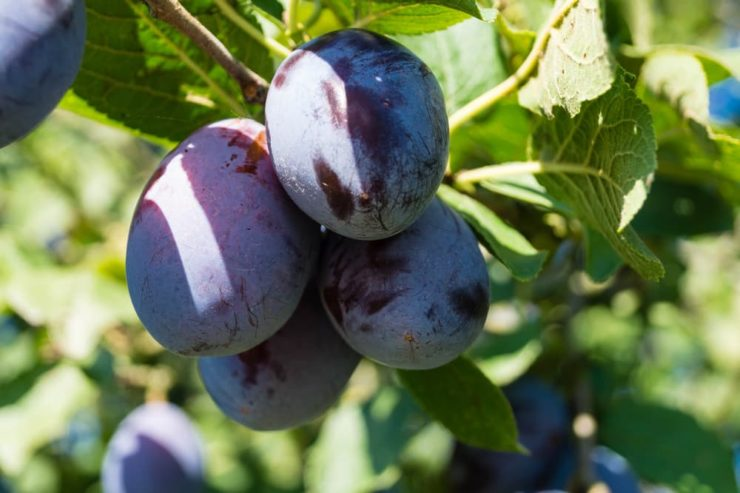
Belle de Louvain is a type of culinary plum with dry flesh. It is a lot larger than the average plum size and is oval. Its non-juicy texture makes it perfect for cooking pies and tarts, as it does not make them soggy. It also makes a very delicious rich dark-coloured jam.
Belle de Louvain plums can grow in cold and windy conditions; they thrive in certain parts of the UK where other varieties may fail. Belle de Louvain is partially self-fertile and has strong disease resistance. They take a year or two longer than average to bear first fruits, but it gives the tree time to strengthen its branches, which is beneficial in the long run.
9. Purple Pershore
Colour: Purple/ Red
Purpose: For cooking
Fertility: Self-fertile
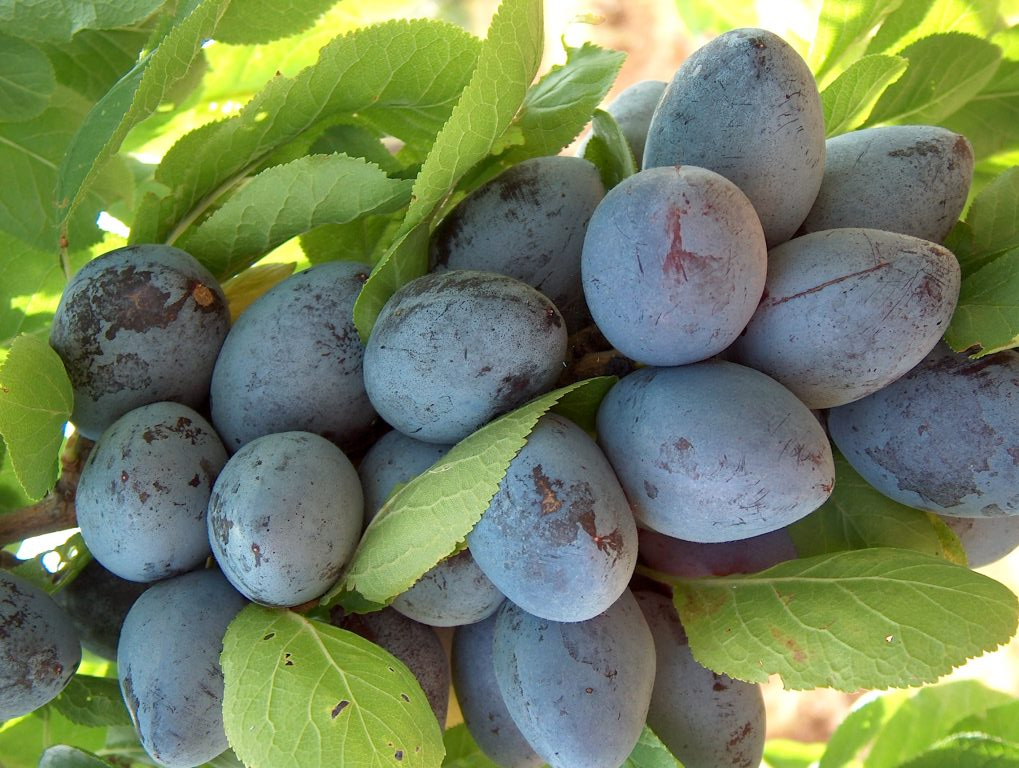
Purple Pershore, also known as purple plum, is a rich and versatile fruit tree that produces bountiful regular crops. The red-purple fruits are covered in a thick, blue bloom and have firm yellow flesh that is not very juicy or sweet but has an excellent flavour for cooking and preserving. Therefore, when plucked for cooking, it is recommended to harvest them when they turn red.
This plum variety tree is practical and an aesthetic addition to your garden. The beautiful white flowers it bears in the spring will add to the magnificence of your garden. However, while the tree has strong disease resistance, it can be sensitive to cropping. Hence, thinning it out in summer before harvesting the fruits in mid-August is essential. If not thinned, the tree may not produce any yields the next year.
10. Oullins Gage
Colour: Green/ Yellow
Purpose: Dual
Fertility: Partially self-fertile
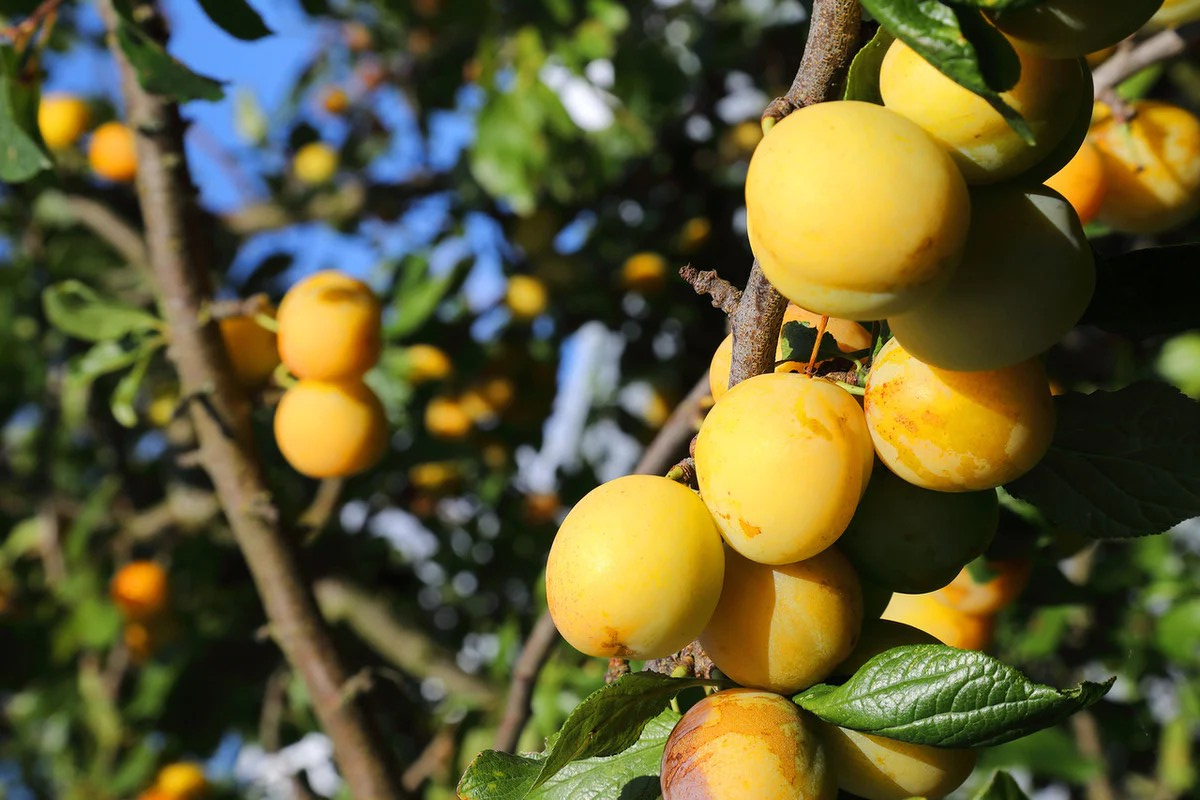
Oullins Gage is one of the UK’s most reliable gage plum varieties, producing relatively large fruits every summer. The fruit has an exceptionally sweet, tender, and succulent flavour, with yellow-green flesh and gold skin. It can be used to make delicious pies and jams or eaten fresh. Additionally, it is the best kind of plum to store by freezing or bottling.
This plum variety is ideal for planting across the UK due to its late flowering nature. In addition, Oullins Gage has proved to be fairly resistant to diseases and frosts. It is self-fertile but will perform better in the presence of other plum varieties. In fact, Oullins Gage itself is an excellent pollinator for other plum trees, making it a great addition to a garden or orchard.
Which Variety of Plum to Cultivate in Your Garden?
Cultivating plums is a rewarding experience, with so many UK plum varieties. There are even more locally harvested varieties sold by regional growers; you can explore them in your local market.
Each type has different characteristics making them suitable for eating or cooking accordingly. Therefore, choosing a variety that suits your purpose, area, and climate the best is important. Whether you want to grow an orchard or decorate your garden, plum trees are an excellent choice.
Planting plum plants and caring for them is also a great way to connect to nature. There is nothing more satisfactory than having a juicy bite of ripe plum you grow yourself.
They are not merely ornamental and make your garden look beautiful, but along with being scrumptious, plums have several health benefits, which makes them a perfect addition to your meals. The delicious fruits will bring you joy, so start cultivating your plum tree today!

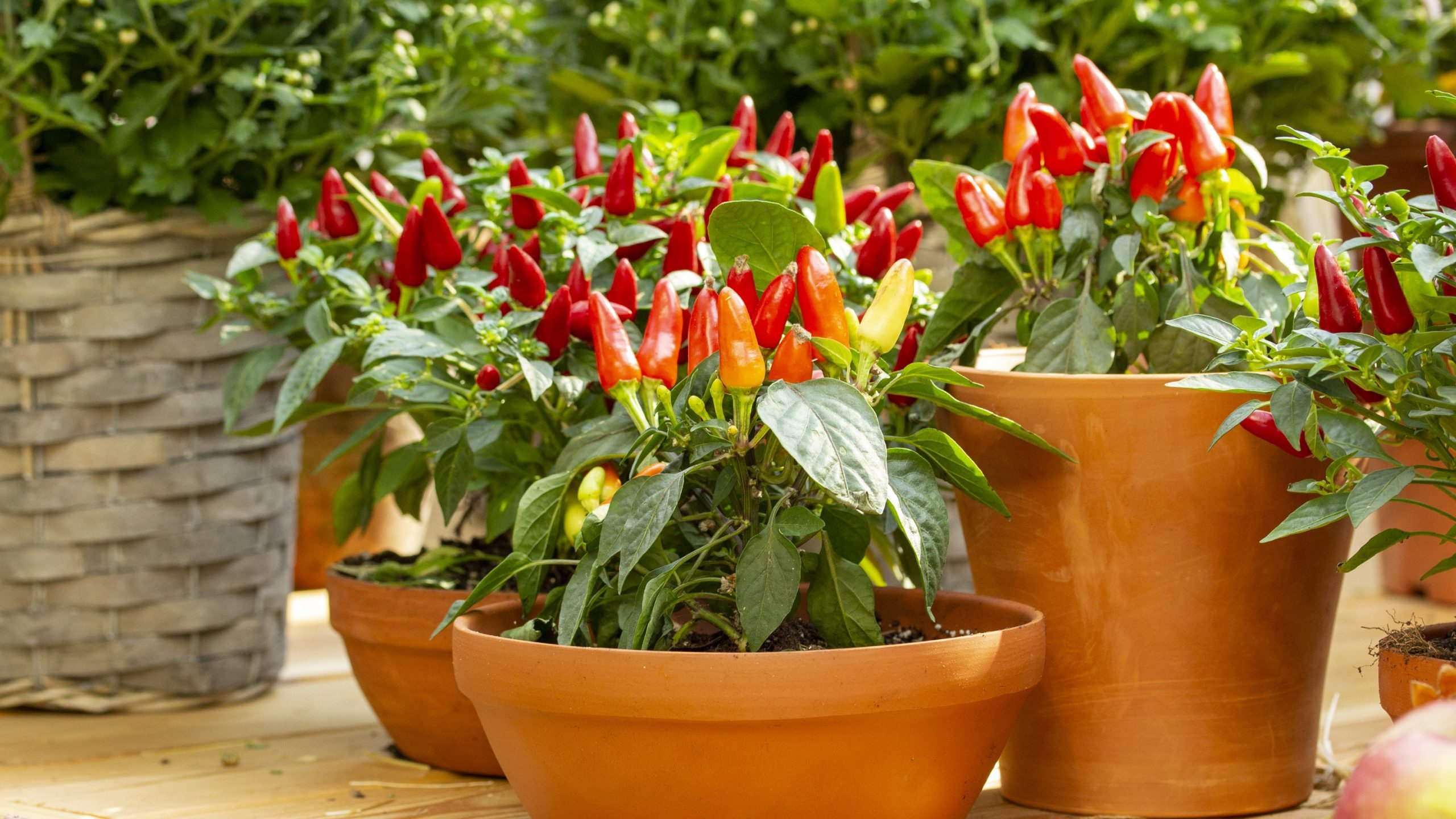
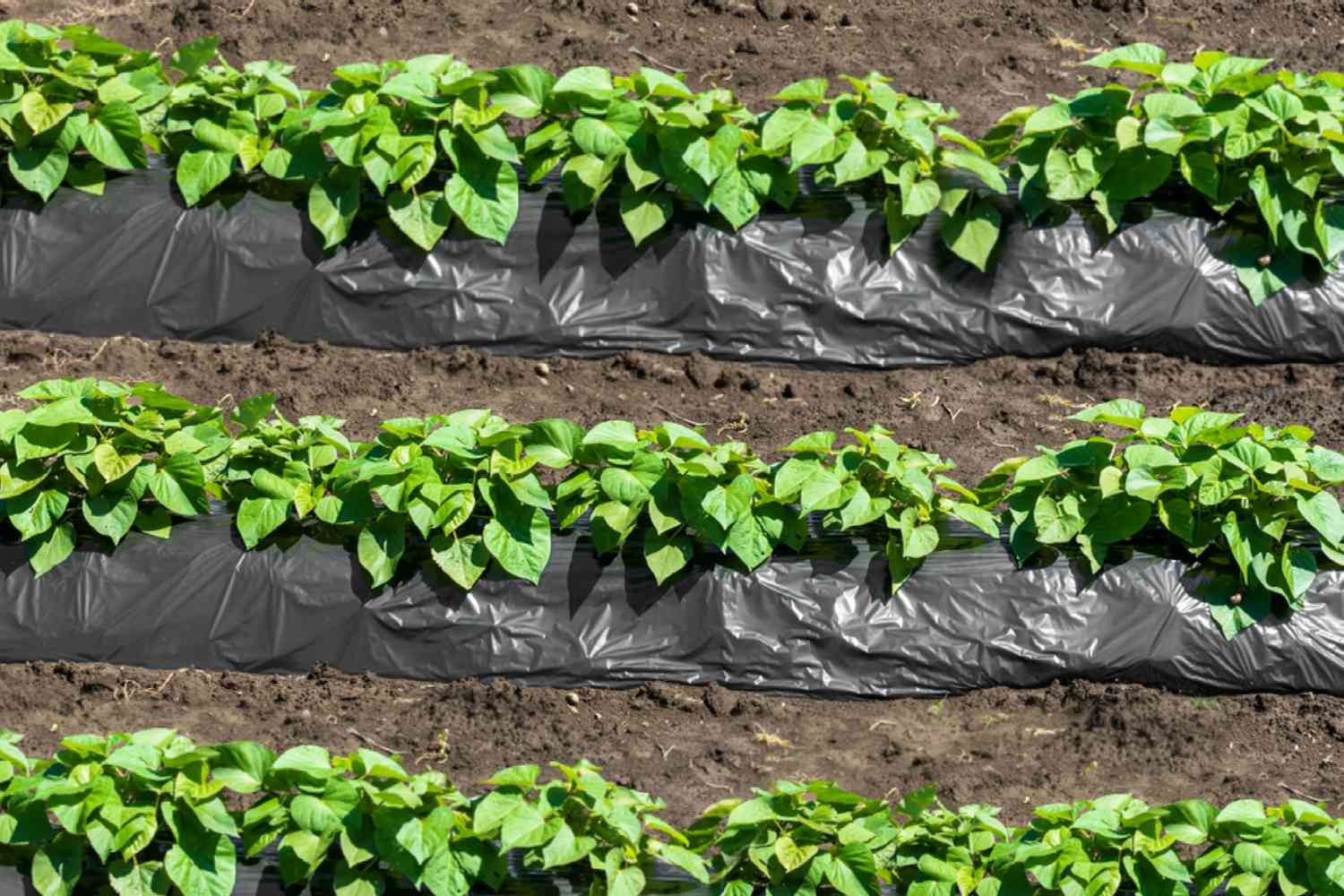
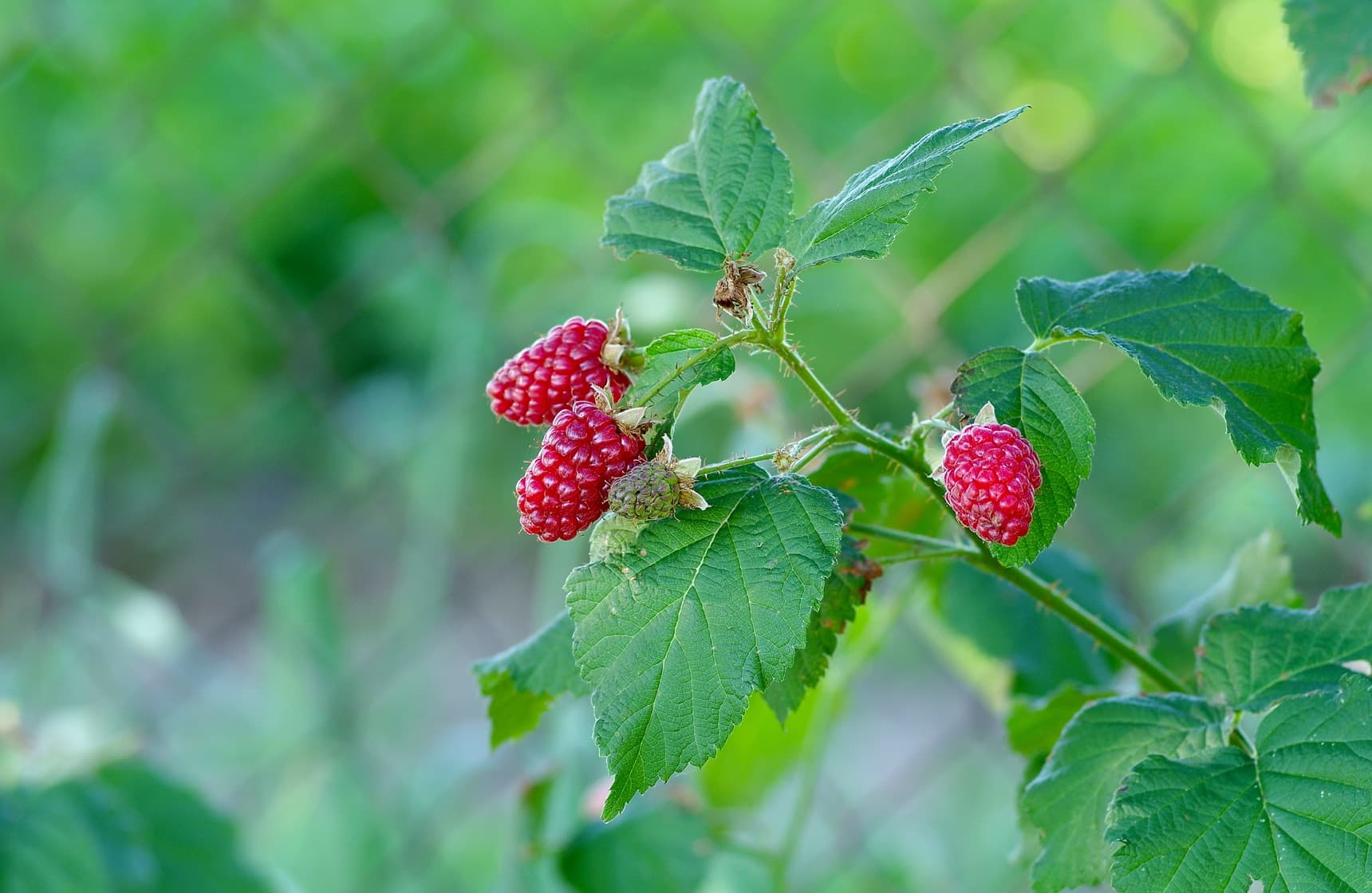
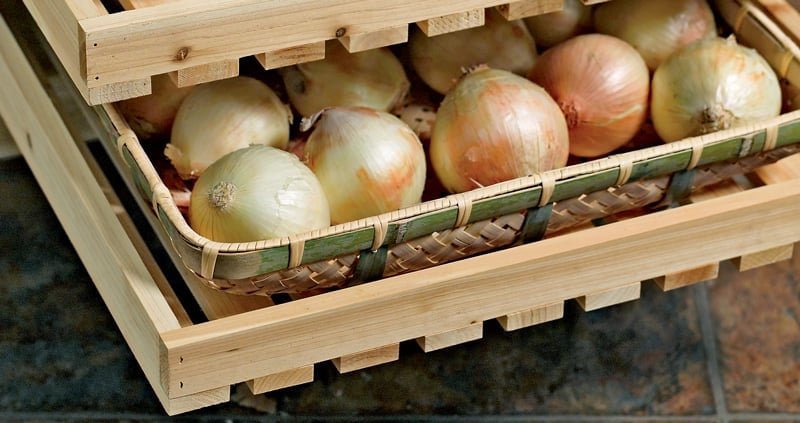
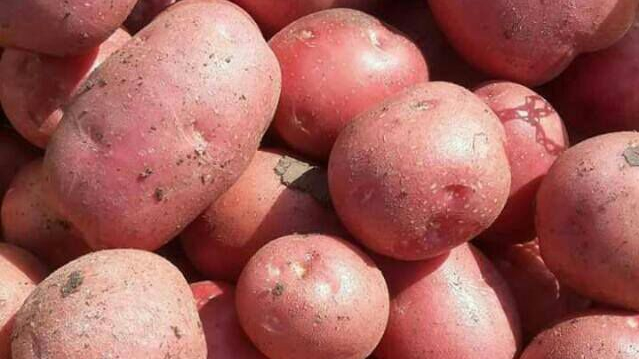
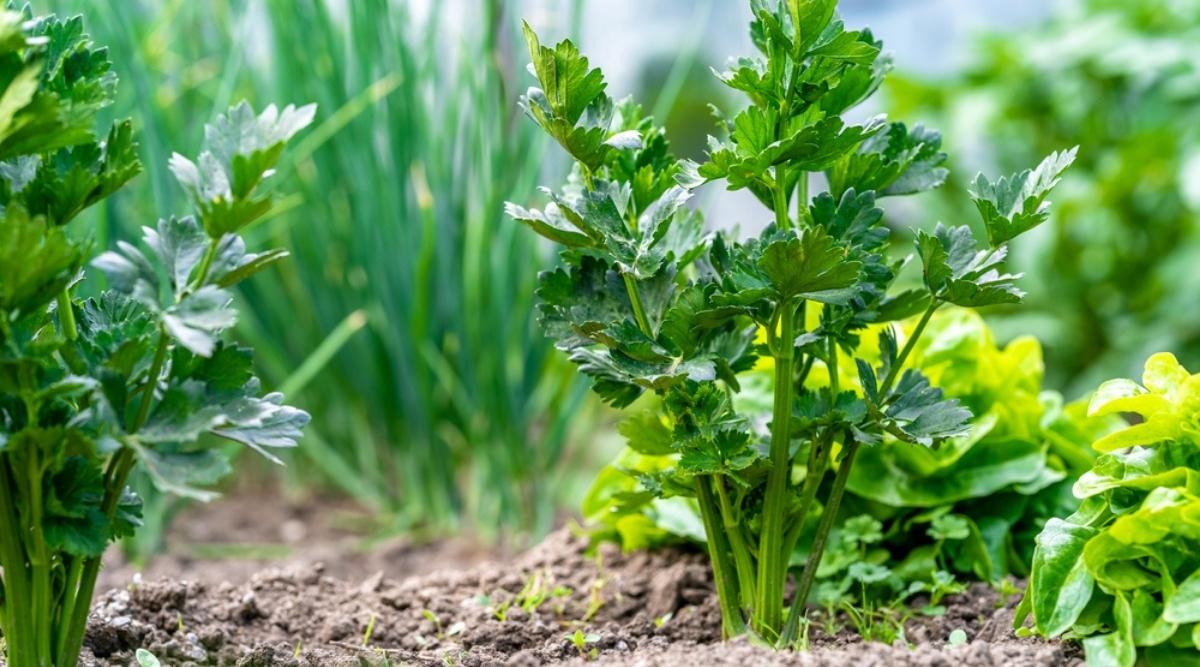
2 Comments